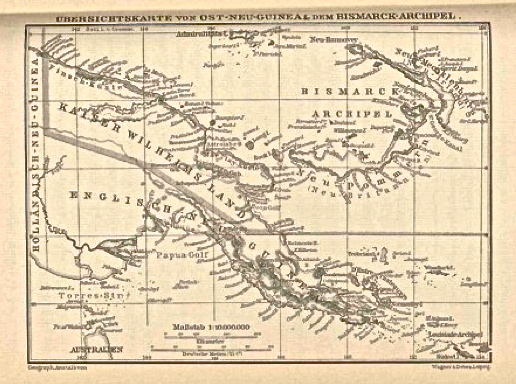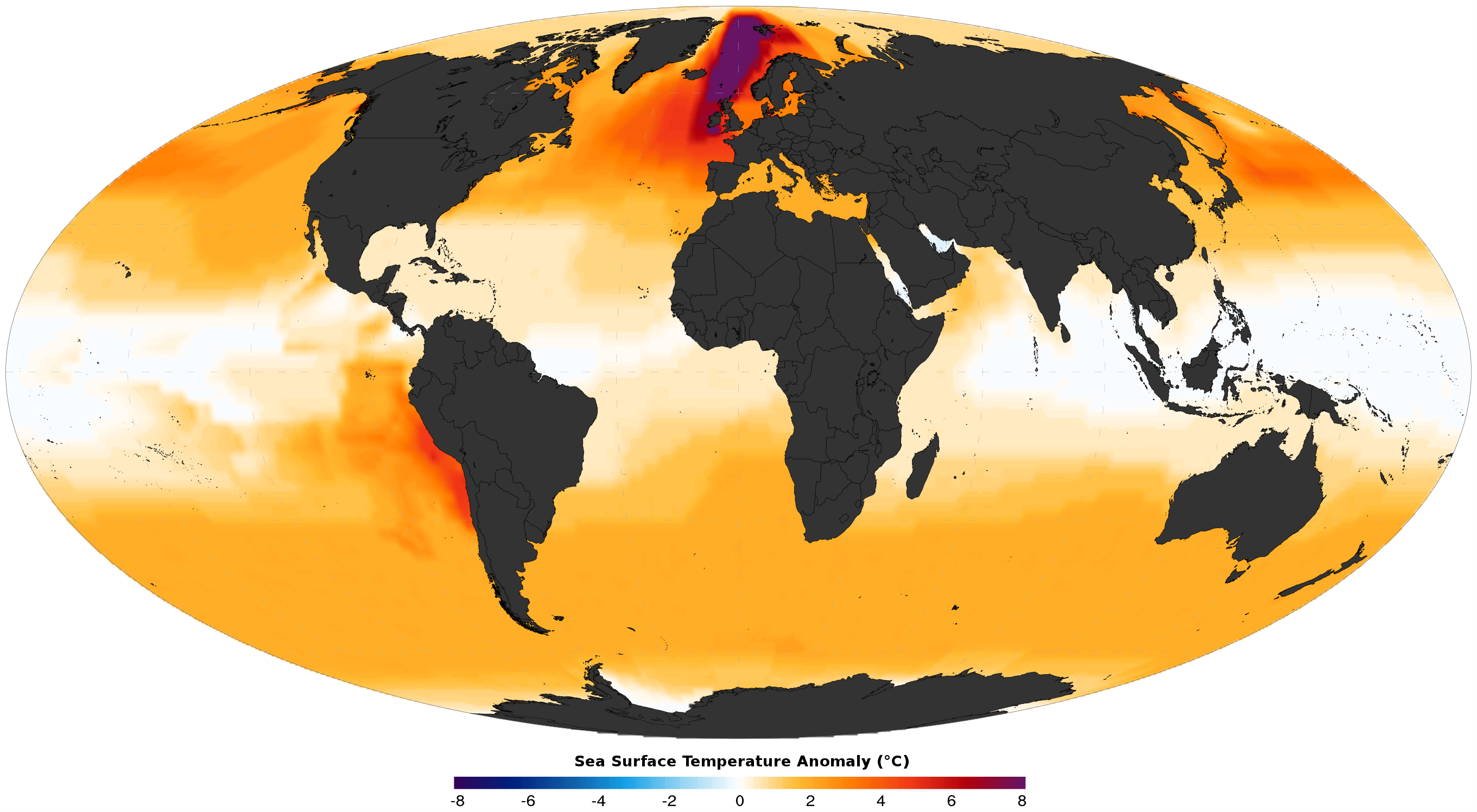|
Watutia
''Watutia'' is an extinct genus of fossil kangaroo known from the Pliocene from New Guinea. It is only known from the type species ''Watutia novaeguineae,'' known from some fragmentary upper and lower jaws and isolated teeth from the Pliocene Otibanda Formation in the Morobe Province of Papua New Guinea. The closest relative of the genus was possibly ''Hadronomas ''Hadronomas'' is a genus of kangaroo in the subfamily Sthenurinae. There is only one described species, ''Hadronomas puckridgi'', known from various fossil material from the Alcoota Fauna site and an undetermined species from Lake Kanunka __N ...'', who lived in today's Queensland a few million years earlier. ''W. novaeguineae'' was about the size of a large shrub wallaby ('' Dorcopsis'') and differs in some characteristics from the teeth of other kangaroos. The molars were low and the first premolars elongated. Cristids obliqua and posterior cingula are missing on the lower molars. The feature that defines the ... [...More Info...] [...Related Items...] OR: [Wikipedia] [Google] [Baidu] |
Pliocene
The Pliocene ( ; also Pleiocene) is the epoch in the geologic time scale that extends from 5.333 million to 2.58See the 2014 version of the ICS geologic time scale million years ago. It is the second and most recent epoch of the Period in the Cenozoic Era. The Pliocene follows the Miocene Epoch and is followed by the Pleistocene Epoch. Prior to the 2009 revision of the geologic time scale, which placed the fou ... [...More Info...] [...Related Items...] OR: [Wikipedia] [Google] [Baidu] |
Morobe Province
Morobe Province is a province on the northern coast of Papua New Guinea. The provincial capital and largest city is Lae. The province covers 33,705 km2, with a population of 674,810 (2011 census), and since the division of Southern Highlands Province in May 2012 it is the most populous province. It includes the Huon Peninsula, the Markham River, and delta, and coastal territories along the Huon Gulf. The province has nine administrative districts. At least 101 languages are spoken, including Kâte and Yabem language. English and Tok Pisin are common languages in the urban areas, and in some areas pidgin forms of German are mixed with the native language. History Nomenclature The Morobe Province takes its name from former German administration center of ''Morobe'' southeast of the Lae. Under German administration, Morobe (meaning post) was named Adolfhafen for the German Deutsch Neuguinea-Kompagnie's Adolf von Hansemann and German word ''hafen'' (''heɪfən'') meaning port) ... [...More Info...] [...Related Items...] OR: [Wikipedia] [Google] [Baidu] |
Papua New Guinea
Papua New Guinea (abbreviated PNG; , ; tpi, Papua Niugini; ho, Papua Niu Gini), officially the Independent State of Papua New Guinea ( tpi, Independen Stet bilong Papua Niugini; ho, Independen Stet bilong Papua Niu Gini), is a country in Oceania that comprises the eastern half of the island of New Guinea and its offshore islands in Melanesia (a region of the southwestern Pacific Ocean north of Australia). Its capital, located along its southeastern coast, is Port Moresby. The country is the world's third largest island country, with an area of . At the national level, after being ruled by three external powers since 1884, including nearly 60 years of Australian administration starting during World War I, Papua New Guinea established its sovereignty in 1975. It became an independent Commonwealth realm in 1975 with Elizabeth II as its queen. It also became a member of the Commonwealth of Nations in its own right. There are 839 known languages of Papua New Guinea, on ... [...More Info...] [...Related Items...] OR: [Wikipedia] [Google] [Baidu] |
Hadronomas
''Hadronomas'' is a genus of kangaroo in the subfamily Sthenurinae Sthenurinae (from ''Sthenurus'', Greek for 'strong-tailed') is a subfamily within the marsupial family Macropodidae, known as 'short faced kangaroos'. No members of this subfamily are extant today, with all becoming extinct by the late Pleistocen .... There is only one described species, ''Hadronomas puckridgi'', known from various fossil material from the Alcoota Fauna site and an undetermined species from Lake KanunkaPrideaux, G. (2004). Systematics and Evolution of the Sthenurine Kangaroos. Retrieved from https://escholarship.org/uc/item/9z42c7t1 References *Gavin Prideaux, "Systematics and Evolution of the Sthenurine Kangaroos" (April 1, 2004). UC Publications in Geological Sciences. Paper vol_146. http://repositories.cdlib.org/ucpress/ucpgs/vol_146 External links {{Taxonbar, from=Q3782381 Prehistoric macropods Prehistoric mammals of Australia Pleistocene marsupials Prehistoric marsupial genera ... [...More Info...] [...Related Items...] OR: [Wikipedia] [Google] [Baidu] |
Wallaby
A wallaby () is a small or middle-sized macropod native to Australia and New Guinea, with introduced populations in New Zealand, Hawaii, the United Kingdom and other countries. They belong to the same taxonomic family as kangaroos and sometimes the same genus, but kangaroos are specifically categorised into the four largest species of the family. The term "wallaby" is an informal designation generally used for any macropod that is smaller than a kangaroo or a wallaroo that has not been designated otherwise. There are nine species (eight extant and one extinct) of the brush wallaby (genus ''Notamacropus''). Their head and body length is and the tail is long. The 19 known species of rock-wallabies (genus ''Petrogale'') live among rocks, usually near water; two species in this genus are endangered. The two living species of hare-wallabies (genus ''Lagorchestes''; two other species in this genus are extinct) are small animals that have the movements and some of the habits ... [...More Info...] [...Related Items...] OR: [Wikipedia] [Google] [Baidu] |
Dorcopsis
The dorcopsises are the marsupials of the genera '' Dorcopsis'' and ''Dorcopsulus''. They are found in the tropical forests of New Guinea and Southeast Indonesia. They are placed in the subfamily Macropodinae, along with other Australasian marsupials such as wallabies, kangaroos, tree-kangaroos, pademelons, and quokkas. They were informally described as "type of small kangaroo" by the Smithsonian Magazine. The Black Dorcopsis is critically endangered. Taxonomy * Genus '' Dorcopsis'' ** Gray dorcopsis (''Dorcopsis luctuosa'') ** Black dorcopsis (''Dorcopsis atrata'') ** White-striped dorcopsis (''Dorcopsis hageni'') ** Brown dorcopsis (''Dorcopsis muelleri'') * Genus ''Dorcopsulus ''Dorcopsulus'' is a genus of small marsupials in the family Macropodidae, known as forest wallabies. They are native to dry forests of New Guinea New Guinea (; Hiri Motu: ''Niu Gini''; id, Papua, or , historically ) is the world's sec ...'' ** Macleay's dorcopsis (''Dorcopsulu ... [...More Info...] [...Related Items...] OR: [Wikipedia] [Google] [Baidu] |
Prehistoric Macropods
Prehistory, also known as pre-literary history, is the period of human history between the use of the first stone tools by hominins 3.3 million years ago and the beginning of recorded history with the invention of writing systems. The use of symbols, marks, and images appears very early among humans, but the earliest known writing systems appeared 5000 years ago. It took thousands of years for writing systems to be widely adopted, with writing spreading to almost all cultures by the 19th century. The end of prehistory therefore came at very different times in different places, and the term is less often used in discussing societies where prehistory ended relatively recently. In the early Bronze Age, Sumer in Mesopotamia, the Indus Valley Civilisation, and ancient Egypt were the first civilizations to develop their own scripts and to keep historical records, with their neighbors following. Most other civilizations reached the end of prehistory during the following Iron Age. ... [...More Info...] [...Related Items...] OR: [Wikipedia] [Google] [Baidu] |
Pliocene Mammals Of Australia
The Pliocene ( ; also Pleiocene) is the epoch in the geologic time scale that extends from 5.333 million to 2.58See the 2014 version of the ICS geologic time scale million years ago. It is the second and most recent epoch of the Period in the . The Pliocene follows the Epoch and is followed by the |
Pleistocene Marsupials
The Pleistocene ( , often referred to as the ''Ice age'') is the geological epoch that lasted from about 2,580,000 to 11,700 years ago, spanning the Earth's most recent period of repeated glaciations. Before a change was finally confirmed in 2009 by the International Union of Geological Sciences, the cutoff of the Pleistocene and the preceding Pliocene was regarded as being 1.806 million years Before Present (BP). Publications from earlier years may use either definition of the period. The end of the Pleistocene corresponds with the end of the last glacial period and also with the end of the Paleolithic age used in archaeology. The name is a combination of Ancient Greek grc, label=none, πλεῖστος, pleīstos, most and grc, label=none, καινός, kainós (latinized as ), 'new'. At the end of the preceding Pliocene, the previously isolated North and South American continents were joined by the Isthmus of Panama, causing a faunal interchange between the two reg ... [...More Info...] [...Related Items...] OR: [Wikipedia] [Google] [Baidu] |





